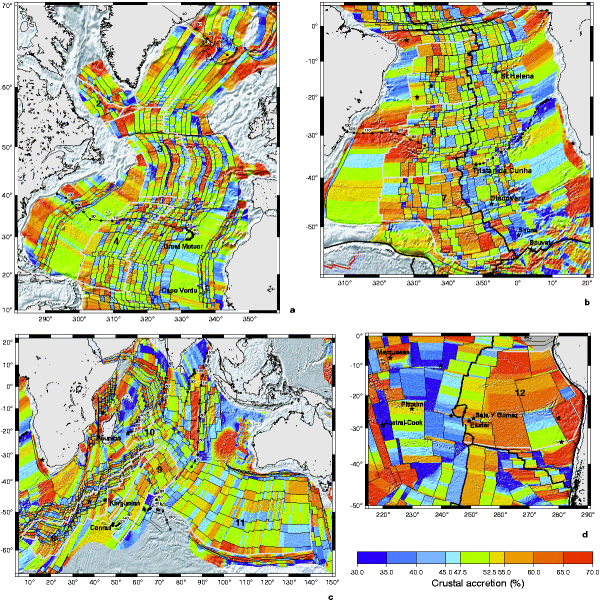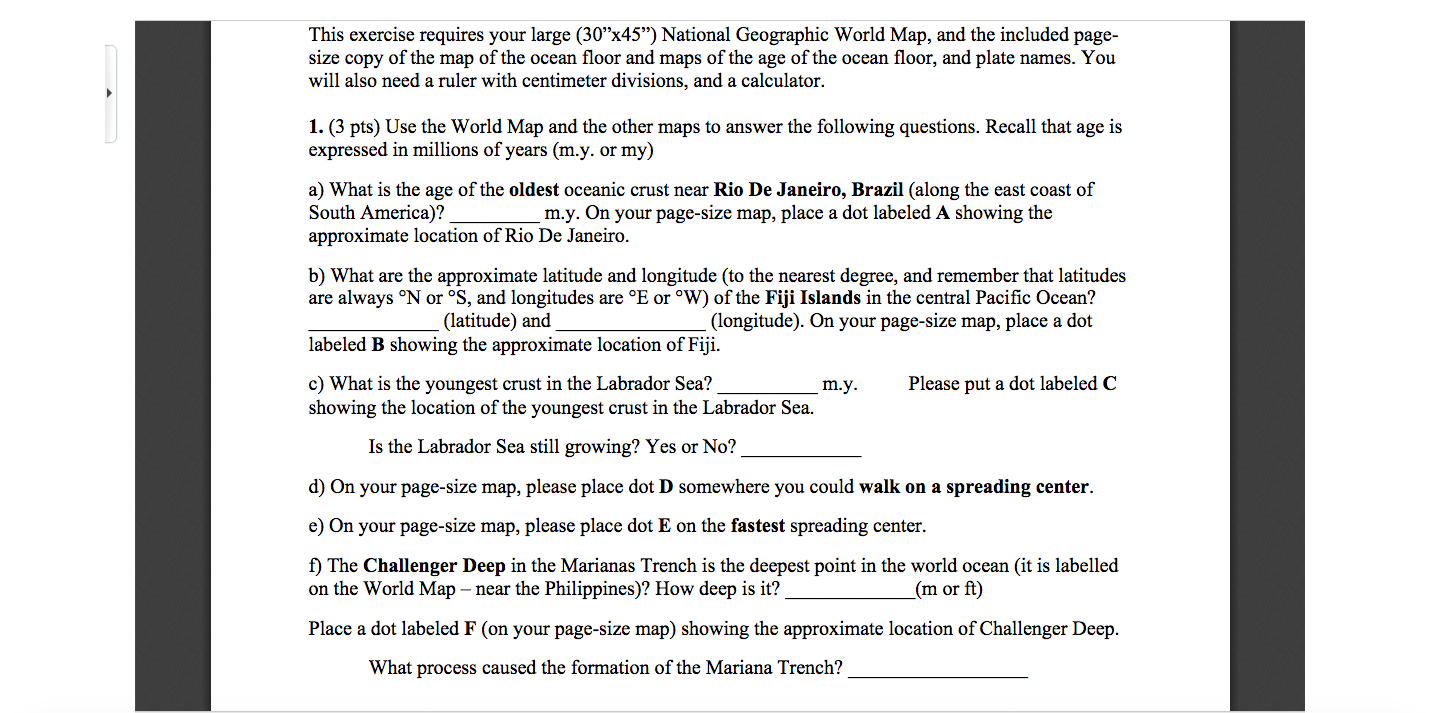This idea played a pivotal role in the development of the theory of plate tectonics which revolutionized geologic thought during the last quarter of the 20th century.
Sea floor spreading labrador sea.
Sea floor spreading magnetic lineations 25 59 ma and older have been reidentified in the labrador sea by using previous magnetic compilations and some recently acquired data.
Basalt the once molten rock that makes up most new oceanic crust is a fairly magnetic substance and scientists began using magnetometers to measure the magnetism of the ocean floor in the 1950s what they discovered was that the magnetism of the ocean floor around.
Of these identifications enabled the calculation of a new set of better constrained rotation poles that describes the sea floor spreading history of the labrador sea and baffin bay in a way that is somewhat different from previously published reconstructions.
Sea floor spreading in the labrador sea.
Approximately 170 km 110 mi of paleocene separation occurred between greenland and baffin island producing oceanic crust within baffin bay.
A new reconstruction w.
It is concluded that seafloor spreading started in the labrador sea in the palaeocene chron 27n and that large areas under deep water formerly thought to be underlain by oceanic crust should now.
Onset of magmatic sea floor spreading was accompanied by volcanic eruptions of picrites and basalts in the paleocene.
The magnetism of mid ocean ridges helped scientists first identify the process of seafloor spreading in the early 20th century.
A sedimentary basin which is now buried under the continental shelves formed during the cretaceous.
The labrador sea analog draws that argument into question by showing that rotated fault blocks are also a characteristic of very slow spreading oceanic crust.
Seafloor spreading theory that oceanic crust forms along submarine mountain zones known collectively as the mid ocean ridge system and spreads out laterally away from them.
It is suggested that the labrador sea structures terminate in baffin island and that davis strait is largely underlain by foundered continental crust.
The higher density of these identifications enabled the calculation of a new set of better constrained rotation poles that describes the sea floor spreading history of the labrador sea and baffin bay in a way that is.
There are also regions of the iberia ocean continent transition particularly to the east of the peridotite ridge where block faulting is not obvious because the basement is relatively.
























